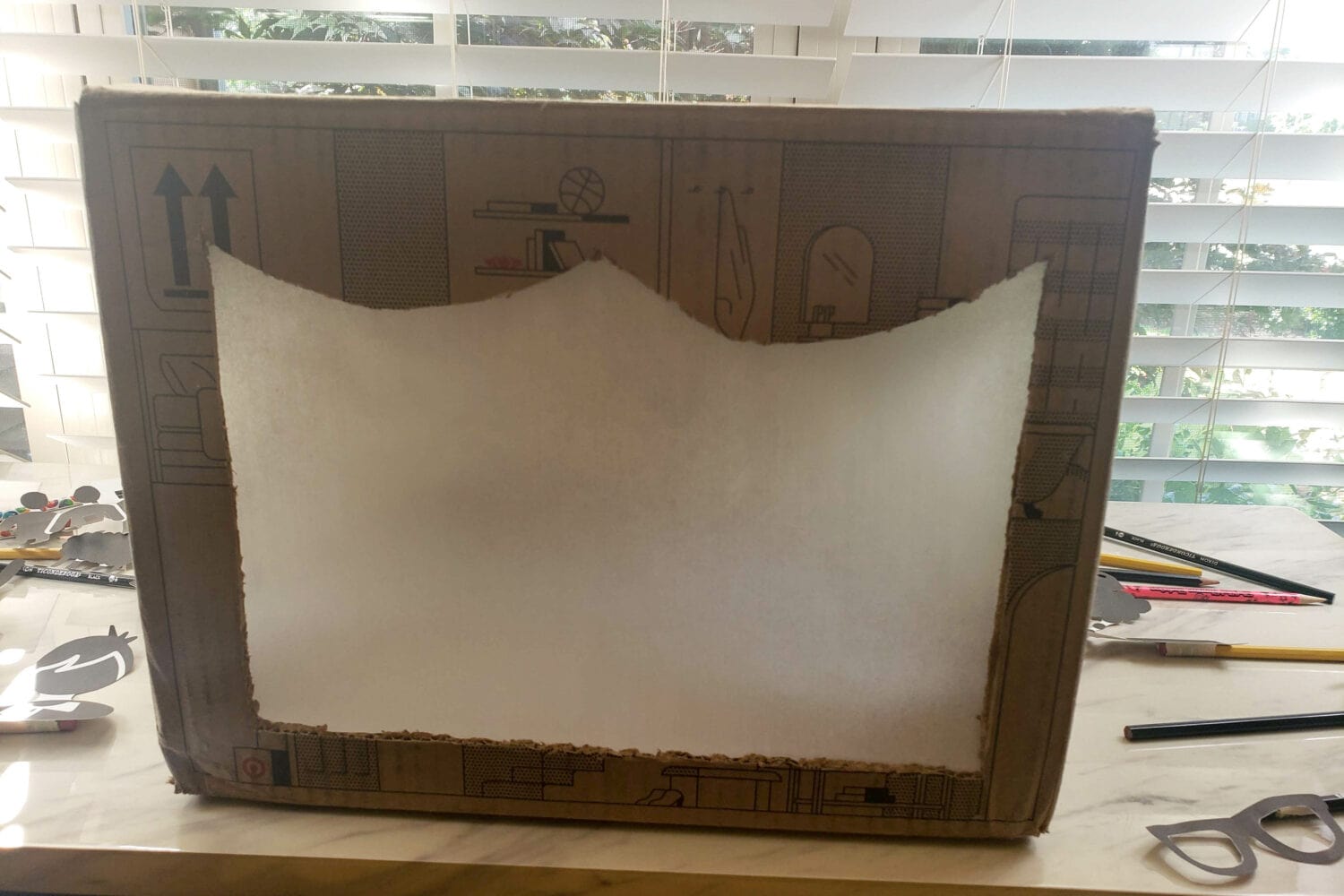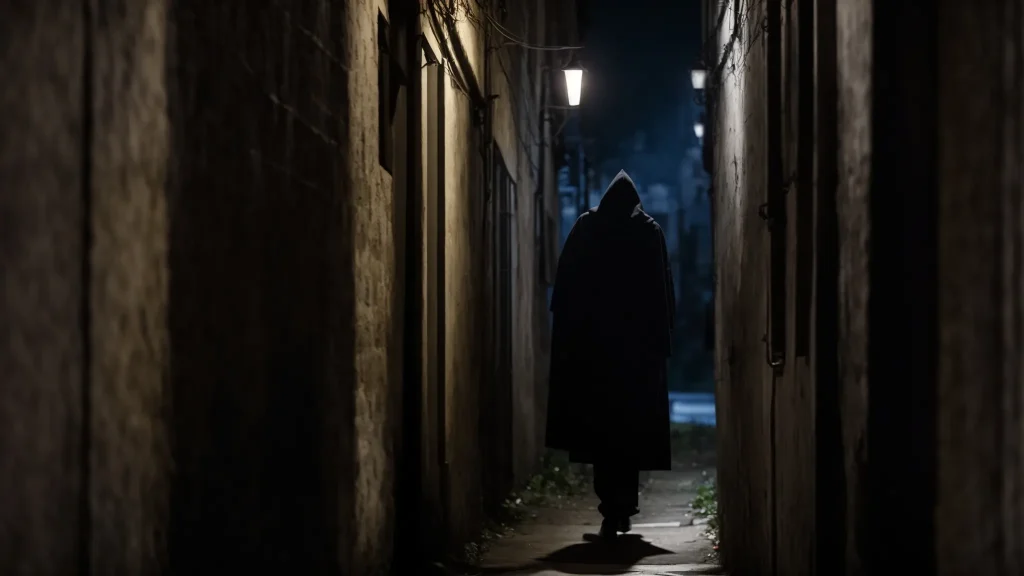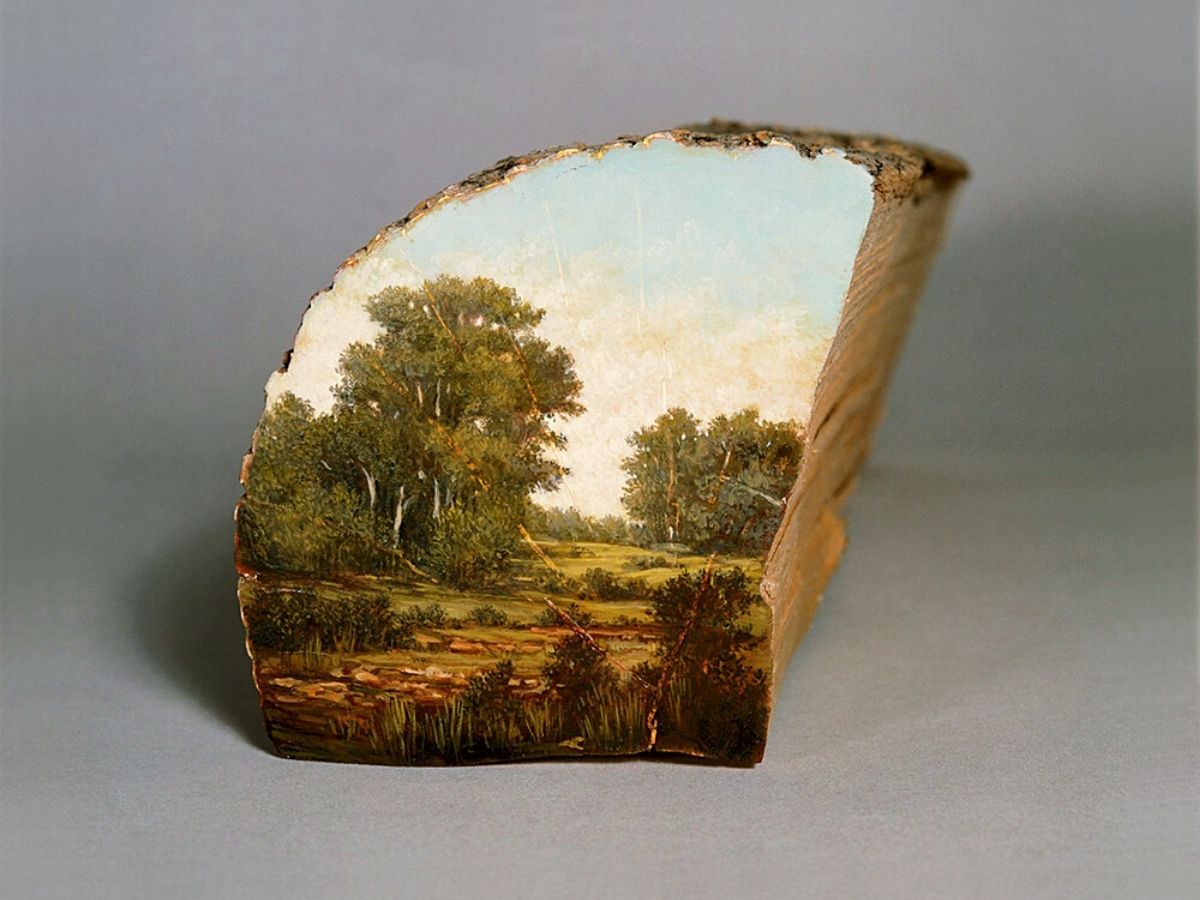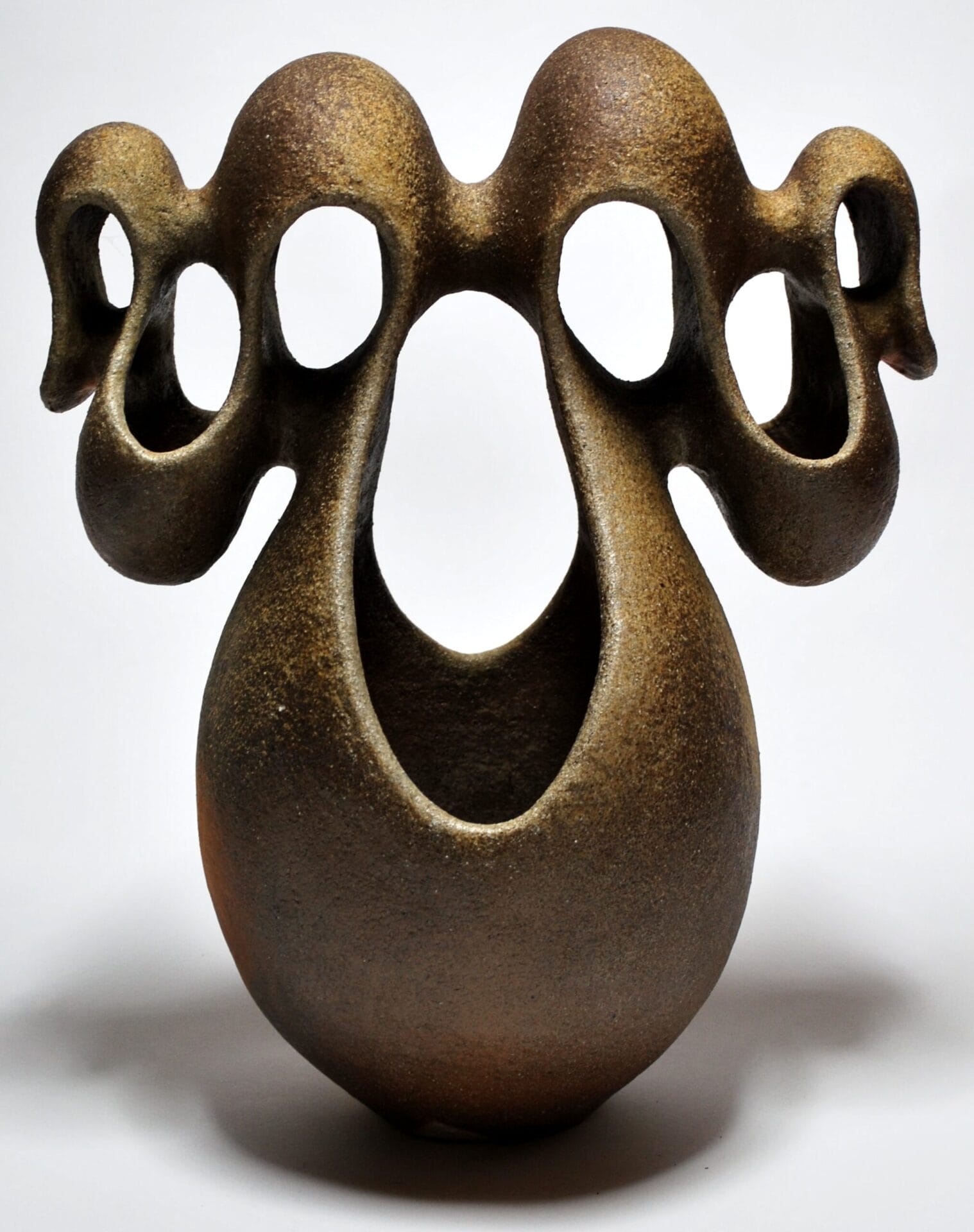Theater of Natural Shadows: Telling Stories with Elements of the Environment

The Beauty of Shadow Play
The interplay between light and darkness offers a unique canvas for storytelling. In the realm of the Theater of Natural Shadows, the environment becomes the stage, and shadows shape narratives that reflect both nature and human emotion. This intriguing method of storytelling invites participants to explore their surroundings in a new light.
Imagine a world where shadows tell tales, sculpting characters and settings through the simple movement of the sun. Each day, as we move through parks, forests, and cityscapes, we are often unaware of the stories hidden in the shadows cast by everyday objects. Take, for instance, the intricate silhouettes formed by a winding tree branch against the setting sun; these shadows can evoke feelings of nostalgia or wonder, similar to the way a well-crafted story might. Here are some captivating elements that drive this enchanting art form:
- Sunlight Dynamics: The position of the sun changes throughout the day, creating varying shadow lengths and intensities. Morning rays can produce elongated shadows that stretch across the ground, while afternoon light generates shorter, bolder shapes. This variability is especially important in creating dynamic scenes, as shadows can transform familiar landscapes into fictional worlds. For example, a simple park bench can morph into a regal throne during a delicate sunset, inspiring the imagination of passerby.
- Natural Materials: Leaves, branches, and other organic materials can serve as props or backdrops. A simple leaf can cast a complex pattern, and an arrangement of stones can create the illusion of a wall in an imaginary village. Artists often utilize these elements to construct intricate dioramas, where the natural environment becomes a co-creator of the narrative, reinforcing the symbiotic relationship between art and nature.
- Soundscapes: Ambient sounds from nature enhance the overall experience, adding depth to the visual elements. For instance, the gentle rustle of leaves can serve as the backdrop for a story of adventure, while distant bird calls may punctuate moments of tranquility. In the Theater of Natural Shadows, the audio elements work in tandem with the visual shadows to create a holistic storytelling experience.
This engaging practice is rooted in cultural traditions across the globe while also resonating deeply with contemporary audiences. From ancient folklore that utilizes shadow play for educational purposes to modern installations that invite interaction, shadow storytelling taps into universal themes such as adventure, loss, and discovery. Events like the annual Shadow Puppet Festival in California celebrate this art form, showcasing local talents and connecting communities through shared narratives.
As we delve further into this fascinating intersection of art and nature, prepare to discover how the Theater of Natural Shadows not only entertains but also enlightens, encouraging a profound connection with the world around us. From schools incorporating shadow storytelling into their curricula to eco-activists using these narratives to promote conservation, the potential for expanding awareness through this vivid art form is limitless.
DISCOVER MORE: Click here to delve into the art of landscape photography

Crafting Narratives with Nature’s Palette
The Theater of Natural Shadows is not merely a performance art; it is a thoughtful exploration that requires both the creator and the audience to engage actively with their environment. The shadows that dance on the ground or slide down a wall are not just fleeting images but represent a language all their own, rich with symbolism and emotion. This art form thrives on the natural world, seamlessly integrating elements such as sunlight, weather, and even the evolution of seasons to tell tales that resonate with the human experience.
One of the most compelling attributes of this theater is its dynamic nature. Shadows change constantly, influenced by time, light, and space. As the sun arcs across the sky, it morphs an ordinary landscape into a living storybook. The following elements play pivotal roles in crafting these narratives:
- Transient Beauty: The ephemeral quality of shadows adds a layer of urgency to the storytelling process. A vivid story might emerge in the late afternoon sun, only to fade into obscurity within moments as the light shifts. This transience encourages onlookers to be present, cherishing fleeting moments before they dissolve entirely.
- Environmental Reflection: The shadows mirror physical spaces, turning sidewalks into stages and potted plants into actors. This aspect reveals much about localized culture and geography. In metropolitan areas, urban architecture might cast intricate patterns that depict the stories of the city, reflecting its vibrancy and challenges. Comparatively, rural landscapes can narrate tales of serenity amid ever-changing natural elements.
- Community Engagement: The Theater of Natural Shadows extends beyond individual practice; it invites communities to participate. Workshops and festivals centered around shadow storytelling encourage collective exploration of local environments. Through these lenses, shared narratives emerge, fostering a sense of belonging and unity among participants.
Such community-focused events, like the renowned Shadow Play Festival in New York, showcase a variety of works from local artists, inviting people from all backgrounds to partake in the magic of shadow storytelling. These gatherings not only highlight individual creativity but also emphasize the importance of preserving local folklore and traditions through innovative modes of expression.
In this age of digital distractions, the Theater of Natural Shadows serves as a tactile reminder of our connection to nature. As we engage more with technology, stories told through shadows provide an organic refuge that helps ground our experiences. These narratives allow us to reconnect with our inner selves and the world around us, prompting introspection and acknowledgment of our shared humanity.
As we venture deeper into this captivating world, we will explore how various artists utilize natural shadows to express complex themes, connect communities, and inspire ecological stewardship. Understanding this fusion of art and environment not only enriches our appreciation for the artists’ visions but also enlightens our grasp on the world’s interconnectedness, demonstrating that every shadow has a story waiting to be told.
| Category | Description |
|---|---|
| Engagement with Nature | Fostering connections to the environment can enhance storytelling through sensory experiences that captivate audiences and evoke emotions. |
| Cultural Narratives | Integrating local myths and folklore into performances encourages a deeper appreciation of cultural heritage and the significance of environmental elements. |
| Dynamic Storytelling | Utilizing light and shadows in innovative ways adds a visual component, transforming ordinary spaces into extraordinary storytelling environments. |
| Sustainability Awareness | Highlighting environmental issues through theatrical performances raises awareness and promotes action, inspiring audiences to engage with their surroundings. |
The “Theater of Natural Shadows” invites audiences to experience the profound connections between storytelling and the environment. Adopting elements like light and shadow not only enlivens narratives but also allows presenters to explore and communicate environmental themes more effectively. Furthermore, integrating local narratives enriches cultural appreciation while enhancing community identity. This unique blend of performance art and environmental consciousness creates a transformative experience that encourages reflection and action. Performers are thus equipped to weave magic within the natural world, leading to impactful storytelling that resonates with audiences far beyond the stage. Embracing such themes can undoubtedly shape the future of theater and its role in advocating for the environment.
DISCOVER MORE: Click here for delicious inspiration
Illuminating Themes Through Shadow Play
As we delve further into the Theater of Natural Shadows, we encounter a multitude of thematic expressions that artists skillfully weave into their performances. The shadows created by environmental elements can convey complex ideas by tapping into universal emotions and experiences, making them relatable to a wide audience. Here are some significant themes that resonate through this captivating art form:
- Mortality and Transience: The fleeting nature of shadows often serves as a poignant reminder of the impermanence of life itself. Artists use this motif to meditate on the fragility of existence, often drawing parallels between human life and the shifting shadows that echo the passage of time. Installations like the “Shadow Sanctuaries” project, where participants create temporary shadow displays in natural settings, highlight these themes by inviting viewers to engage with the transient beauty around them.
- Connection to Nature: The Theater of Natural Shadows acts as a bridge connecting individuals with the environment. Artists like environmental sculptor Andy Goldsworthy utilize shadows created by natural landscapes to emphasize their interplay with light. By using rocks, leaves, and water, his work showcases how nature narrates its own stories, urging observers to cultivate a deeper appreciation for the ecosystems surrounding them.
- Cultural Heritage: Many shadow performances draw upon traditional storytelling methods, incorporating folklore and myths unique to specific regions. Indigenous communities, for example, utilize shadows in ceremonies to convey ancestral tales and preserve cultural identity. This practice not only honors history but also educates younger generations about their heritage, fostering a sense of pride and continuity.
- Social Commentary: Shadow art can also serve as a powerful tool for social commentary, highlighting pressing issues such as climate change, inequality, and injustice. Artists like Cécile B. Evans create immersive installations that utilize shadows to invoke dialogues surrounding these concerns. By doing so, they provoke thought and inspire activism, encouraging audiences to act for social betterment.
In the United States, numerous art fairs and galleries have embraced shadow art as a medium for both reflection and awareness. The annual San Francisco Shadow Art Festival features local and international artists whose works spark conversations about sustainability and environmental responsibility. Engaging attendees in artistic creation through shadow puppetry and improvisational shadow installations, the festival amplifies the idea of collaborative storytelling.
Furthermore, educational institutions are beginning to incorporate shadow art into their curricula, helping students to blend science and art through environmental studies. By examining how different light sources affect shadow creation, students gain insights into physical principles while also exploring creative expression. Such interdisciplinary approaches elevate the importance of Theater of Natural Shadows, establishing it as a critical component in fostering creativity and environmental stewardship.
Ultimately, as we immerse ourselves in the narratives of the natural world, the shadows cast by our surroundings reveal rich tapestries of meaning waiting to be unearthed. Each form, from the simplest play of light to intricate performances, invites spectators to seek out stories hidden within shadows—stories that not only entertain but also challenge us to reflect, engage, and take action in the face of contemporary issues. In this way, the Theater of Natural Shadows thrives as a dynamic and multifaceted art form, continually evolving alongside both humanity and the environment.
DISCOVER MORE: Click here to learn how music lessons can benefit your child
Conclusion: The Enduring Impact of Shadows in Storytelling
The Theater of Natural Shadows offers a mesmerizing lens through which we can explore the interconnectedness of humanity and the environment. By leveraging the transient and dynamic nature of shadows, artists have crafted a unique narrative that transcends traditional methods of storytelling. This art form compels us to ponder profound themes such as mortality, our relationship with nature, and the cultural legacies that have shaped our identities. Each shadow cast not only tells a story but also beckons us to engage with pressing social issues, inviting dialogue and action where it matters most.
As we witness the rise of shadow art within galleries, festivals, and educational institutions across the United States, it becomes evident that the Theater of Natural Shadows is more than mere aesthetic pleasure. It serves as a catalyst for consciousness, urging us to reflect on our collective responsibilities towards the earth and each other. The annual events such as the San Francisco Shadow Art Festival exemplify the power of collaborative storytelling, igniting awareness regarding sustainability and community engagement.
Moreover, as we continue to navigate an era defined by environmental challenges, the stories woven through shadows become increasingly significant. They remind us of the fragility of our world while celebrating the boundless creativity that arises from within it. In embracing the Theater of Natural Shadows, we not only honor our surroundings but also inspire future generations to recognize their role as stewards of both art and nature, ensuring that the stories of our environment resonate for years to come.


